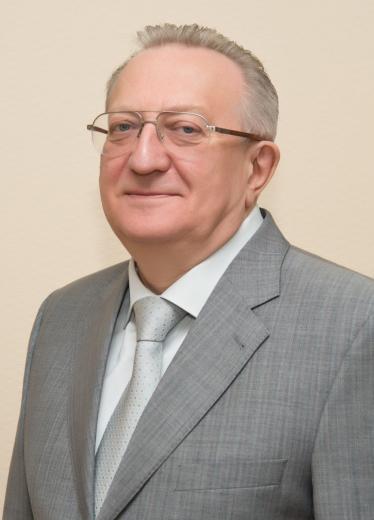
Dear friends, dear colleagues!
The Medical Institute of Continuing Education (MINO) is a structural subdivision of the Federal State Budgetary Educational Institution of Higher Education «Moscow State University of Food Production».
MINO's mission is to create conditions and mechanisms for effective training of medical and pharmaceutical specialists, providing them with high competitiveness and making it possible to integrate into the socio-economic space of the country. The clinical and scientific bases of the departments of the institute are specialized divisions of hospitals of the Ministry of Defense of the Russian Federation, hospitals, sanatoriums and other medical and preventive institutions of the Ministry of Internal Affairs of the Russian Federation and the Russian Guard, as well as specialized departments of research institutes and large medical institutions of the city of Moscow and the Moscow region, in which on the basis of scientific and practical cooperation, practical work of students and research activities are carried out on the most pressing and socially significant health problems.
Dear readers! I am proud to present to your attention the first issue of the journal «Bulletin of the Medical Institute of Continuing Education».
The journal «Bulletin of the Medical Institute of Continuing Education» is a platform where original research papers, reviews, practical recommendations, unique and didactic clinical cases and short messages on the problems of medicine and health care and relevant both in Russia and abroad can be published. The medical community, medical scientists and medical practitioners are interested in a printed organ that would combine the advanced medical thought and modern innovative developments in the medical field. The journal is interdisciplinary in nature, and we hope that it will be of interest to doctors of various specialties.
The priority for the journal is materials with a high level of scientific evidence, designed in accordance with international ethical requirements and capable of arousing the interest of Russian and foreign authors and readers.
Best regards, Editor-in-Chief, MD, PhD, Prof. V.V. Gladko

